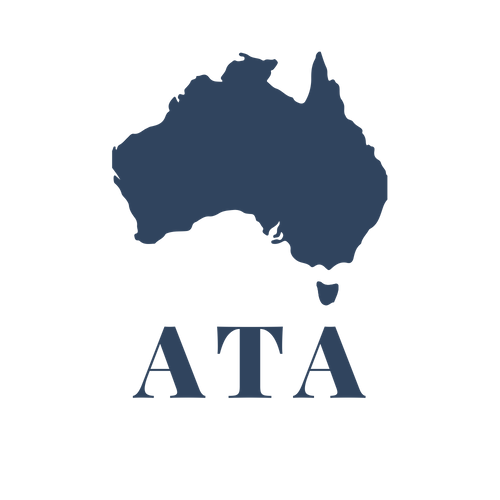Statehood for regional areas
Australia is a federation of six states and two territories, but does it need to stay that way? The states and territories have had a tumultuous history, both with secessionist movements and calls for regional statehood -- some coming very close to succeeding. The original drafters of the constitution would likely find themselves surprised waking up in an Australia with a map that hasn't changed since 1900.
Tim Quilty, MLC of Victoria recently introduced a plan for a new state covering parts of regional Victoria and regional NSW.
The plan argues regional areas should have a regional government. Unsurprisingly, rational politicians put forward city-centric policies, because after all, that is where the majority of voters live. A purely regional state could better respond to the interests of regional people - particularly in the area of agriculture and industry.
David Landini is organising a campaign for statehood for the Riverina and Murray-Darling basin catchment, which he calls, ‘The Riverina State’.
David Landini highlights that in the eight electorates west of the great dividing range, there are only 395,000 voters. Yet in the 2019 state election, 435,000 people voted for the Greens state wide.
How can the NSW state government protect and balance the interests of regional people, farmers and other primary producers when they are outnumbered by voters for parties whose interests are directly detrimental to the regional way of life?
Tim Quilty argues the Victorian government lockdown response to Covid-19 gave little thought for regional areas. Despite almost no Covid-19 cases, regional Victoria suffered the same city-centric lockdowns as Melbourne.
To make the situation worse, as Landini points out, regional electorates are dwindling in number. Since 1904 non-metro areas have on average lost one electorate every five years. Metropolitan electorates have either merged with regional electorates or been replaced all together. If the current trend continues, some estimate by 2060 there will be only one electorate west of the great dividing range.
Population growth has been the most significant factor in the decline of regional electorates. As Sydney, Newcastle, and Wollongong have rapidly expanded, regional towns have not kept pace. In fact many towns have declined in population. In 1904, 53 per cent of NSW electorates were in non-metropolitan areas. As a consequence of urbanisation and urban population growth, today only 25 per cent of electorates are in non-metro areas.
Australia is one of the most urbanised countries in the world but also one of the most sparsely populated. While central Australia has unique geographic disadvantages, there are still huge bounds of perfectly settleable and underdeveloped land in Australia. Furthermore, similar geographic challenges have not stopped people settling in the USA midwest.
Policymakers should make Inland development a priority. Population centres such as Sydney have some of the most unaffordable housing prices in the world. By focusing on decentralising Australia, Australians on an ordinary wage could actually have a realistic chance of owning their own home.
The existing state governments have no interest in decentralisation as it is not in the best interest of the bureaucrats, politicians, and urban elite. By forming a regional state, with decentralised government departments and ministries, high-paying and highly-skilled jobs would quickly pop up in the regions. This would promote the rapid development of regional Australia and help us all recover from the COVID-19 downturn.
Ideally, such a state would have tax and policies favourable to small business and agriculture. With the promises of less red tape and business freedom, regional areas could become a new Mecca for Australian business opportunities.
Opponents of regional statehood like to argue that regional Australia is too underpopulated to go it alone as their own state. But where would we be if the first colonists of Sydney Cove had listened to detractors?
With nothing to lose and a huge potential for gain, Australians should seriously consider regional statehood.
This article originally appeared in MyChoice on 10 December 2020.
